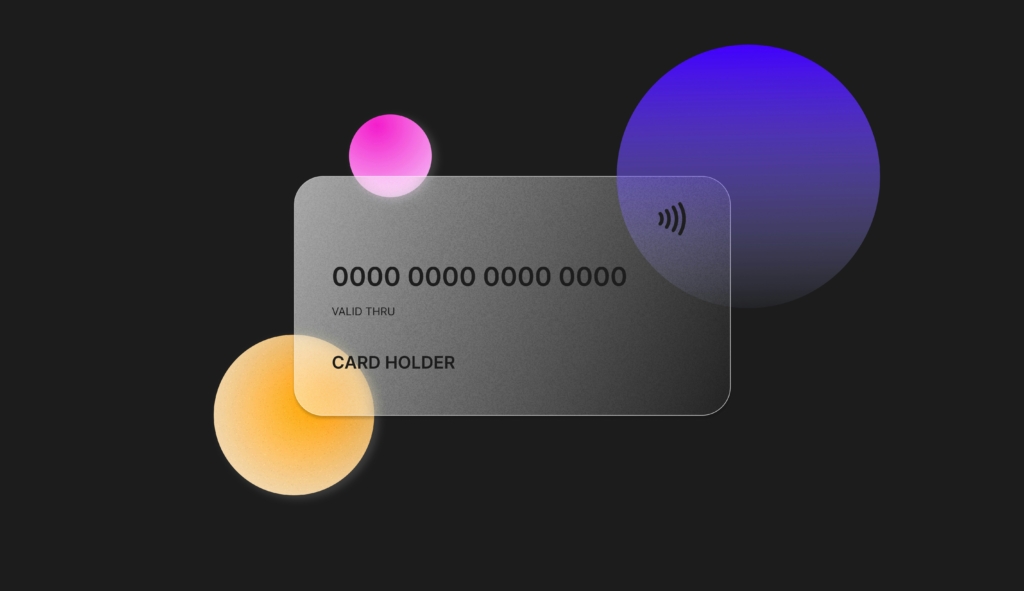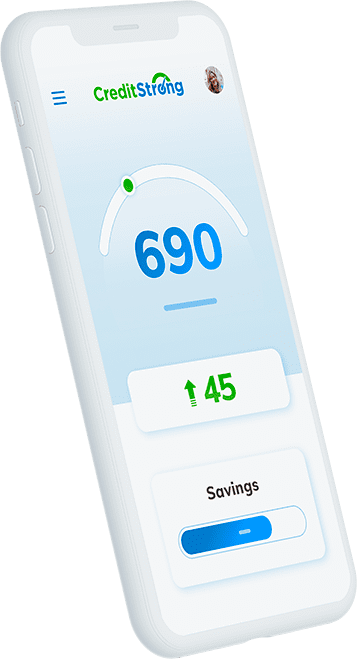Tier 1 Credit: What It Is and How to Get There

Build strong credit
while you save

Lenders and credit card issuers use your credit score to determine your financing terms, such as your annual percentage rate and credit limit. However, that doesn’t mean every point you gain or lose changes your results.
Instead, creditors generally create offers for multiple credit score ranges known as credit tiers, and tier 1 credit is the one you want to reach. Here’s what you should know about it, including how it works and how to get to it.
What Is a Tier 1 Credit Score?
A tier 1 credit score qualifies you for a prospective creditor’s best terms. For example, it might get you their lowest interest rate, highest principal balance, and lengthiest repayment term.
When you have a tier 1 credit score, you’re among the borrowers they want to work with the most. You can probably still improve your score, but it wouldn’t grant you any more favorable terms.
The criteria necessary to get into a lender’s first credit tier can vary significantly. Generally, traditional financial institutions have higher standards, while online lenders are more forgiving.
That said, consumers usually need excellent credit to be eligible for a lender’s top tier, as they all reserve it for the consumers they consider most likely to repay their debts.
While your credit score is the primary factor determining whether or not you qualify for tier 1 credit, some lenders consider additional qualifications, such as your annual wages or debt-to-income ratio.
What Credit Score Is Needed To Be in Tier 1?
Tier 1 credit eligibility criteria can vary significantly between creditors and account types. However, you’ll generally need a great credit score to qualify. Usually, that means you’ll be at or near tier 1 credit if your score is around the mid-700s.
For example, one of your credit card issuers might require that you have a credit score of at least 720, while your mortgage lender might want your score to be at least 760.
As a result, you can qualify for tier 1 with one provider and only be tier 2 with another. However, there usually isn’t so much variation between their expectations that your rating differs any more drastically than that.
For context, the Fair Isaac Corporation (FICO 8) credit scoring model ranges from 300 to 850. The average score in 2021 was 714, and FICO states that anything above 749 is “very good,” while anything above 800 is “exceptional.”
Pros of Having a Tier 1 Credit Score
Having a tier 1 credit score means your prospective lender has complete confidence in your ability to repay your debts. Here are the most significant benefits you’ll receive.
More Financing Options
If you have a tier 1 credit score, you’re a desirable lending prospect. As a result, you’ll have access to many more financing options than someone in the second or third credit tiers, including the best credit cards with the most lucrative rewards.
Not only will you be able to qualify for accounts that others might struggle to access, but you’ll also get better terms across the board. As a result, accounts that are too expensive for others to use may become viable for you.
Better Interest Rates
A tier 1 credit score qualifies you for the lowest interest rates. That can save you a lot of money, especially on an installment account with a high loan amount, such as a mortgage, personal loan, or car loan.
For example, if you can reduce the APR on your five-year, $30,000 auto loan from 6% to 4%, the lower interest rate will decrease your total financing costs by $1,649.
How To Get to Tier 1
Getting to tier 1 credit requires optimizing most aspects of your score since you’ll need to be well above the national average to qualify. Here are some of the best steps you can take to improve your creditworthiness enough to get there.
Dispute Any Discrepancies on Your Credit Report
Unfortunately, the credit bureaus responsible for compiling your personal information into credit reports don’t always get everything right.
One of the more disturbing credit score statistics is that roughly 34% of consumers have at least one mistake in their files, and it can impact your credit scores.
As a result, it’s worth taking the time to confirm the accuracy of the details in your file with each major credit bureau. You can get a free credit report every twelve months from AnnualCreditReport.com.
If you find any errors, you can dispute them with Experian, Equifax, and TransUnion online.
Get a Credit Builder Loan
One of the most significant challenges to building credit is that it’s hard to qualify for accounts without a good credit score. As a result, you may struggle to start the credit repair or improvement process at first.
Fortunately, most credit builder loans don’t require a credit check, so you can qualify for one even if you fall into a bad credit score range.
For example, CreditStrong doesn’t even initiate a soft inquiry when you sign up for one of our accounts. We use your loan proceeds as collateral, so you don’t have to bring cash to the table either.
Once you sign up, we report each monthly payment to the credit bureaus until you reach the end of the loan term or decide to cancel, at which point we release your accumulated principal.

Pay Your Bills on Time
Your payment history is worth 35% of your FICO score, making it the most significant factor in the credit scoring model. As a result, you must make your payments on time to get to tier 1 credit.
Generally, creditors won’t report you for late payment until you’ve been delinquent for 30 days. However, that doesn’t mean you won’t incur late charges sooner, so don’t make a habit of abusing that policy.
Pay Down Debt
Your outstanding debt amount is the second most impactful credit scoring factor. It counts for 30% of your FICO credit score, making it worth only slightly less than your payment history.
Since every consumer has limited capital, lenders know that you can only handle so much debt, and having less of it makes you a more attractive lending prospect.
As a result, paying down your outstanding loan and credit card balances can significantly increase your credit score and help you reach tier 1 credit.
Keep Your Credit Utilization Low
Your credit utilization ratio is a metric that lenders use to give your debt balances more context. It equals your debt divided by your credit limit, and they can apply it to an individual credit account or your entire credit mix.
For example, if you owe $2,000 on a credit card with a $4,000 limit, you have a 50% credit utilization ratio.
Generally, you should try to keep yours between 1% and 10% to qualify for tier 1 credit. That shows lenders you use your accounts but don’t need them and can easily afford more debt.
Keep Old Credit Accounts Open
The length of your credit history is worth 10% of your FICO credit score. A lengthier history means you have more experience managing credit, so the older your credit accounts, the better.
As a result, you should keep your credit cards open indefinitely, especially your oldest ones. You’ll also need to use them every so often to keep them active since that also affects this aspect of your credit score.
CreditStrong helps improve your credit and can positively impact the factors that determine 90% of your FICO score.
